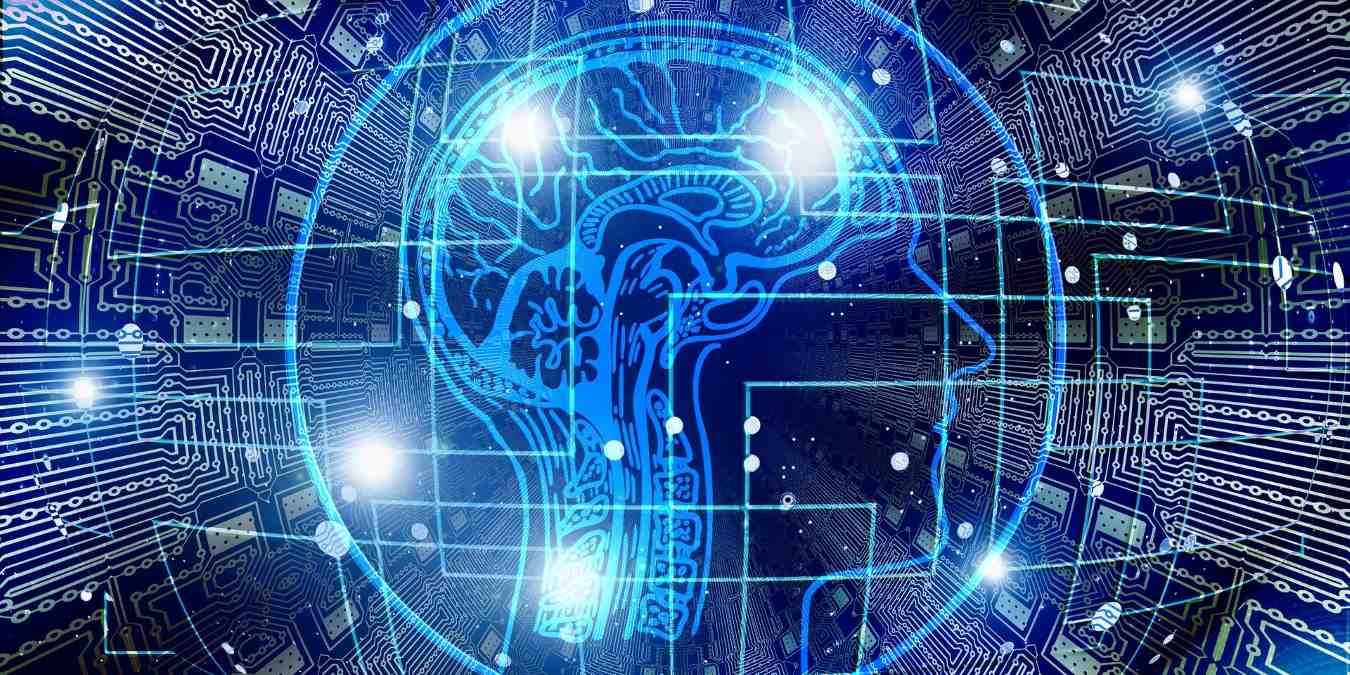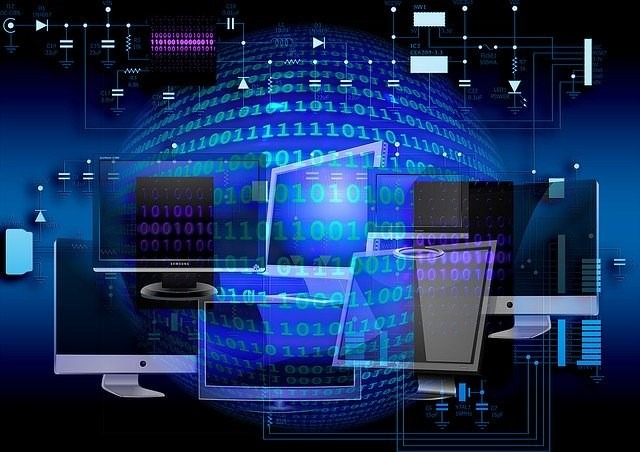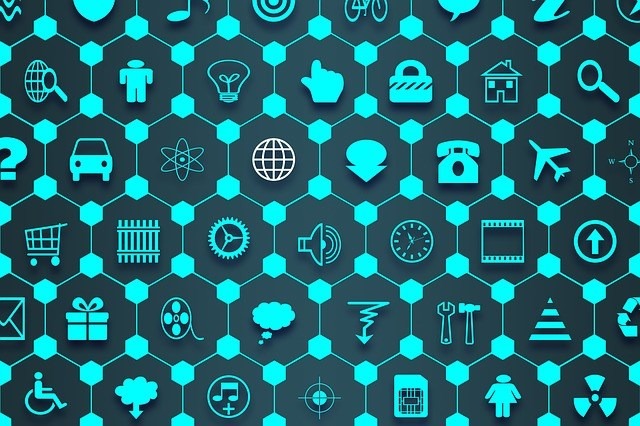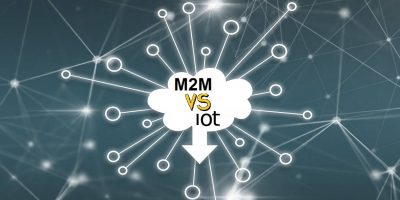
The world of IoT has a promising 2020 ahead of it. 5G companies have repeatedly claimed that 2020 is the year that 5G will take a foothold in the public domain and become accessible to all.
Researchers are also claiming that 2020 is when continuous intelligence (CI) will arrive to the IoT space. But what is CI, and how does IoT benefit from it?
What Is Continuous Intelligence?

To figure out what continuous intelligence is, let’s look at regular computer intelligence. When a computer “works something out,” it often takes a batch of inputs, processes them, and then presents an output. Think of the intelligence that resides within a calculator; you type in a sum, hit the equals button, and see the results.
This is pretty good, but you do need to manually feed the computer new data to keep its results up to date. In this world where data accumulates at light speed, it can be hard to keep manually feeding an AI data.
This is where continuous intelligence comes in. Instead of a computer taking in an input, spitting out an output, and calling it a day, it’s constantly churning through data and producing results. It looks at all the past events and combines it with the new information coming in to create a result.
Why Is this Important for IoT?
IoT is not a static, predictable space in technology. Information is constantly passing in and out of the millions of IoT gadgets every day, so it’s hard for a regular human being to keep up with it!

The solution is with CI. By implementing an AI that can churn through incoming data and use it to constantly improve its current results, you have computer systems that are always on the bleeding edge.
Researches believe this is possible due to the amount of data being passed among the cloud. In particular, the researchers focus on the boom of “E2E platforms.” E2E means “exchange to exchange,” where websites and servers pass information among one another. Continuous intelligence can monitor this flow of data and create real-time responses for their human counterparts to perform.
When you put all these parts together, you can see why CI is important for IoT. There’s no way a human being can watch all this data transfer and manually feed it into a computer. Even if they could, it’d take a lot of work for a business to adopt the system and learn how it works.
By implementing CI, it gives the reins over to the AI, which alleviates the need for training. This makes the system very easy to use; technology specialists call this kind of tech “frictionless” because it doesn’t create a lot of friction to implement it into a business.
So you have a technology that’s easy to use, does all the work for you, and gives you up-to-date readings on what’s going on. From this, it’s easy to see why researchers are claiming that 2020 is the year of CI!
More Intelligent IoT Systems
Researchers are claiming that 2020 is when CI is introduced into the world of IoT. While the term “CI” doesn’t mean much by itself, we can see why companies want to implement it when we break down how it works and how it helps businesses.
Do you think handing more responsibility to AI is smart? Or should there always be a human element to ensure nothing goes wrong? Let us know below.











